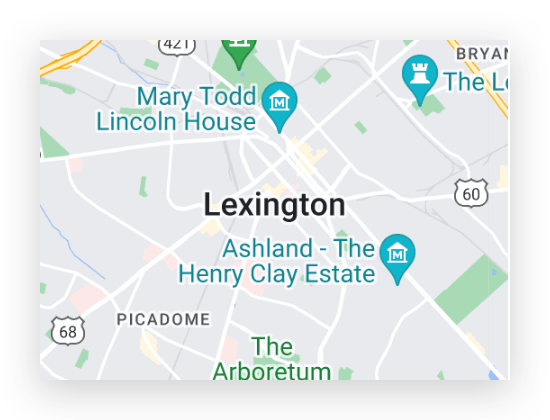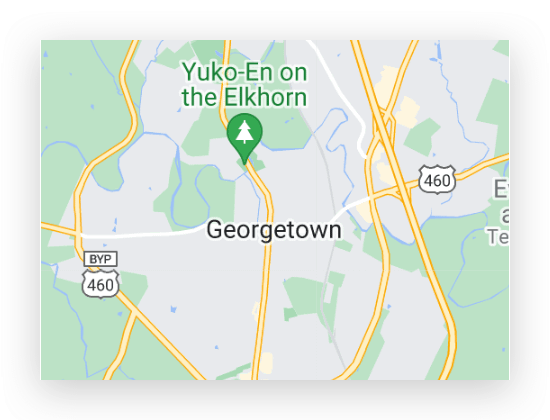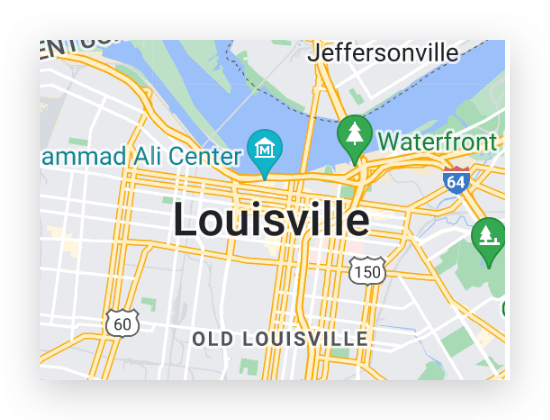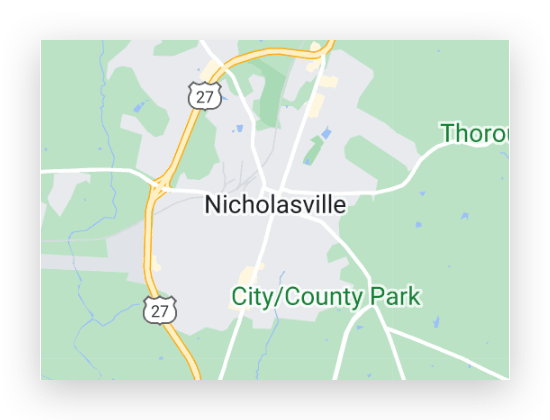In order to make your marketing content truly effective, you need a full understanding of your potential and existing customers’ behaviors.
For example, if a prospect is reading SEO content on your website, a call to action to download a Facebook marketing eBook won’t convert them. Make sure you have a full understanding of your potential customers’ situation when you create any marketing content. The more you know about your prospect, the better you’ll understand what they need and how to position it for them. Your message has to match with your offer which has to match with their needs.
Contextual marketing is crucial: it is what helps you understand your prospects better, relate to them, and offer value in all the content they receive.
A contextual marketing strategy should be built based on the behaviors and conditions surrounding your prospects, and it helps you create content that’s relevant to your customers.
For successful marketing campaigns, your content should be timely and relevant to your target audience. Relevance may seem like the only obvious factor in determining quality content but timeliness also plays a huge role to make sure the content remains relevant. For instance, if a customer requests an email marketing eBook, send it to them immediately, because what makes that content relevant is timing.
Here are some examples of Contextual Marketing that you can use in your upcoming marketing campaigns:
Smart Forms/Progressive Profiling
Most marketers know that forms are a quick and easy way to capture and segment prospects. By creating a smart form, you can easily change the whole form depending on your visitor and their behaviors. And you can base your content on:
- Country – This depends on your visitor’s IP address so that you can display content relevant to their country.
- Device type – This you can help you display content that fits the device your visitor is using (mobile, tablet, or desktop).
- Referral source – Here you can present visitors with content depending on how they found your site (direct traffic, social media, etc.)
- Contact list membership – This enables you to show visitors specific content if they’re part of one of your lists.
- Lifecycle stage – This changes the content in your form fields depending on the stage your visitor is at in their customer journey.
Chatbots
Using Chatbots tools, you can automate conversational tasks. The best part? This doesn’t require coding experience to launch your bot experience. Once you set it up, it’s easier to customize your chatbot to stick to your business standards. It’s also a great tool to implement for your contextual marketing.
With time, your chatbot will learn to store contact data to improve future interactions. Chatbots can recall past conversations. This can help futher conversations moving in the right direction.
Chatbots also don’t get frustrated like humans can sometimes and they’re great at answering routine questions repeatedly. They can do this while still offering a personalized experience to your individual visitors.
Guest Blogging
Guest blogging is one of the best strategies of contextual marketing, and millions of blogs are ready to accept a value-rich, helpful, in-depth guest post. Regardless of how knowledgeable a blogger you are, sometimes readers may not take you seriously if you go all by yourself. You can use this to be a guest author but you can also use it to accept guest posts on your own blog. You can share your expertise and increase your credibility along with borrowing credibility of someone else that agrees to post on your site. Win-Win.
In fact, 62.96% of readers view blogs with multiple authors to be more credible.
So if you want to build authority and generate quality traffic, relevant links, motivated leads, and sales, guest blogging can offer you all these.
Guest blogging will not only help you drive traffic to your site, but it’ll also boost your revenue. However, most brands fail at guest blogging because they don’t know how to create the right content effectively. Having said that, understanding the situations of your prospects can help you create the right content.
Ask and Answer Questions on Social Media
Social media has turned contextual marketing into a viral interactive experience. Now, prospects can find companies, follow those companies, and interact with them like never before. Their ability to interact with you gives you the perfect opportunity to leverage what you learn about them.
However, don’t depend solely on social media for conversions, because social media has a very low track record of bringing conversions. However, you can use social media as a powerful tool of contextual marketing to enhance your brand.
Don’t just use social media to create a social presence for your business. Instead, engage with your followers; be social. To connect with your followers and visitors, ask questions, answer questions, respond to tweets and comments, and be present.
Interact with all the social mentions of your brand; this will boost your brand image.
Give Away Free Guides Related to Your Business
Guides, checklists and worksheets can be sources of organic traffic. However, don’t create them just to get words out. Publish guides with solid, valuable information. And you can use free guides to build your email lists. These free guides allow prospects to learn more about you and how you work. Better yet, they get a peek into how you will be able to help them.
If you’re looking to model a company that creates free guides, HubSpot is a great example. Having said that, your guides need to be relevant to your brand. Keep them specific because you want to gain prospects who will convert to become customers.
Contextual marketing is an ideal way to make sure your valuable content gets to the right customers at the right time.

 Local SEO Services
Local SEO Services
















 About Us
About Us Newsletter
Newsletter Our Work Brochure
Our Work Brochure